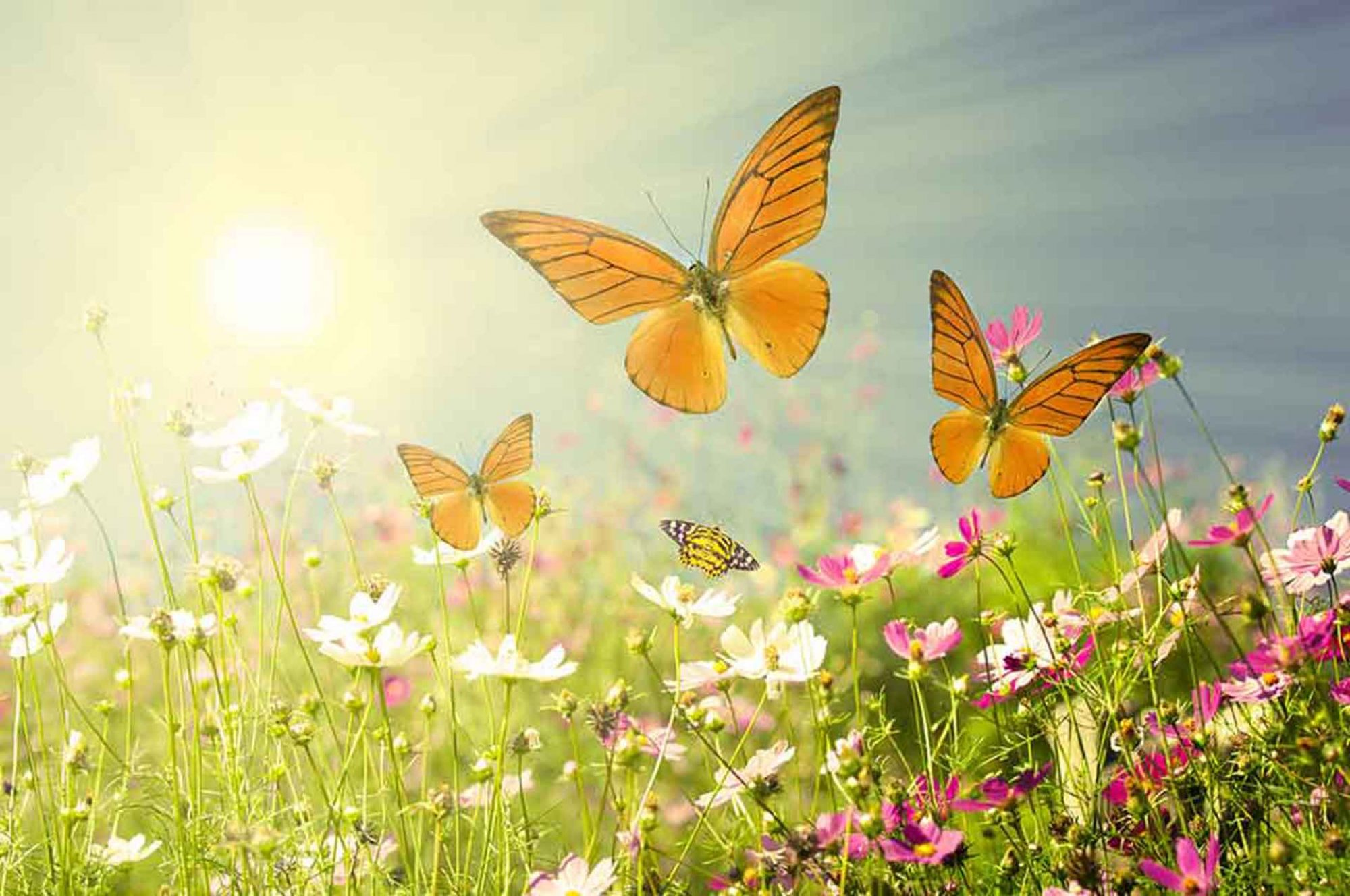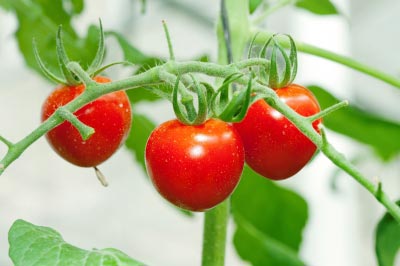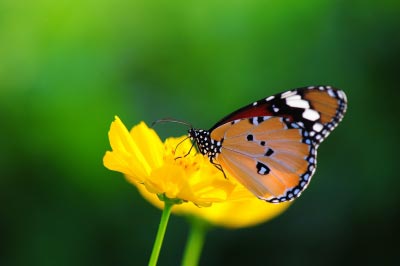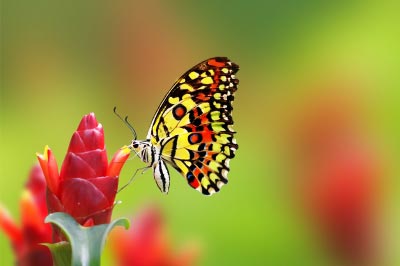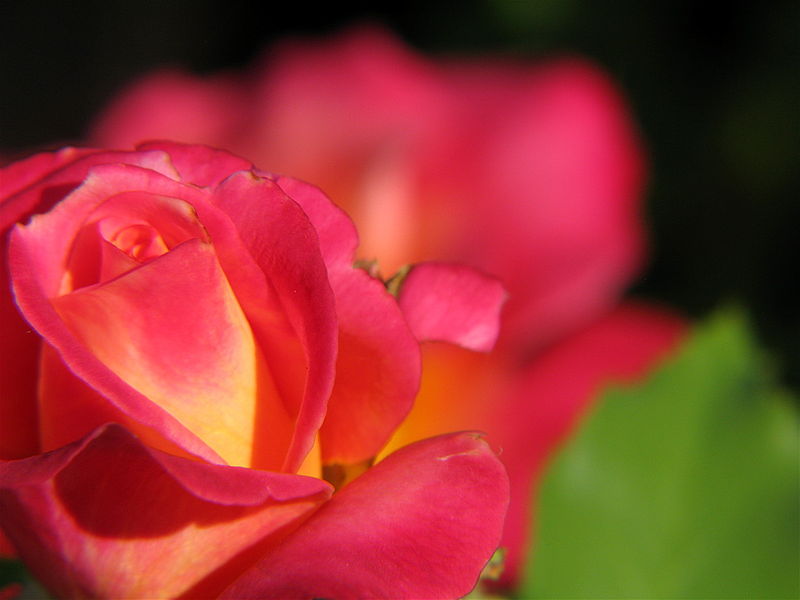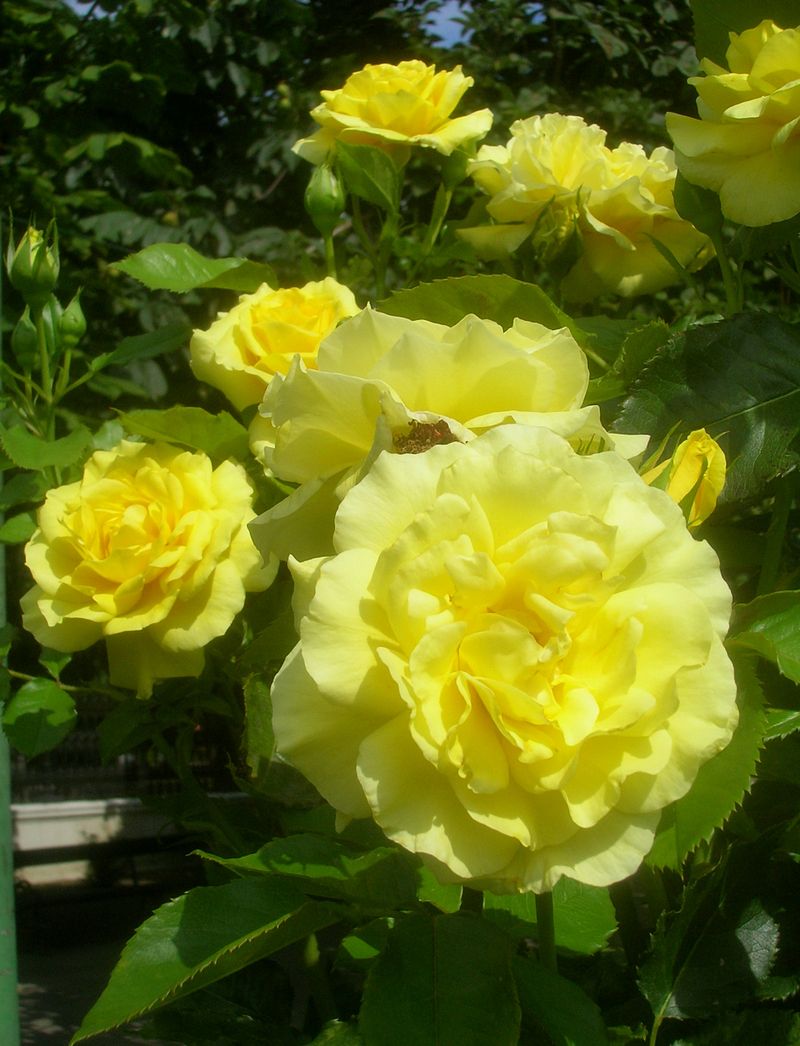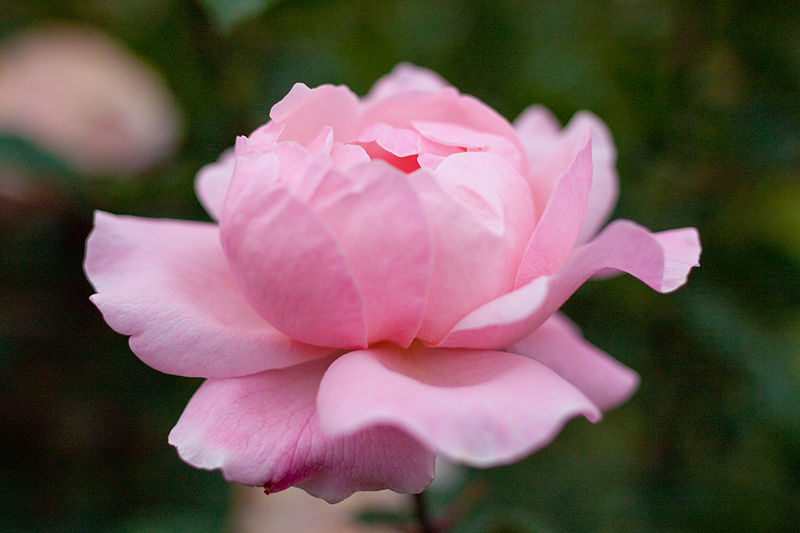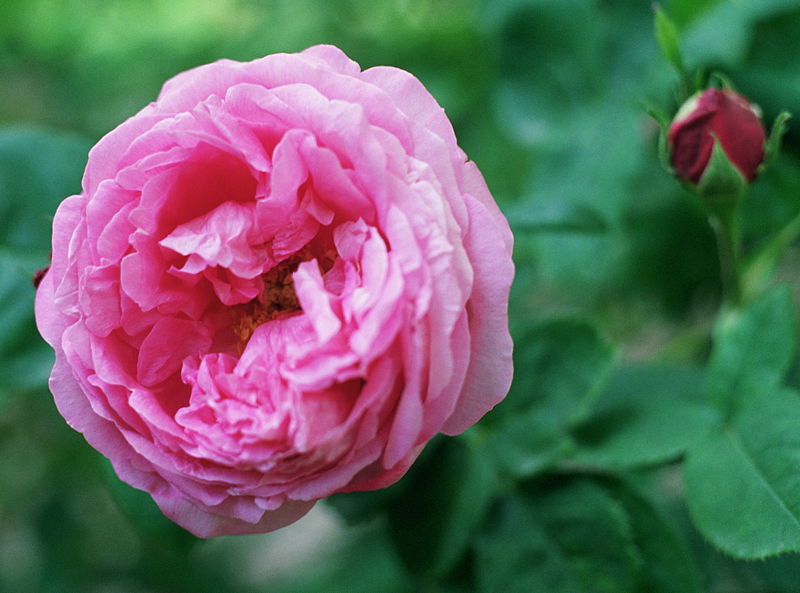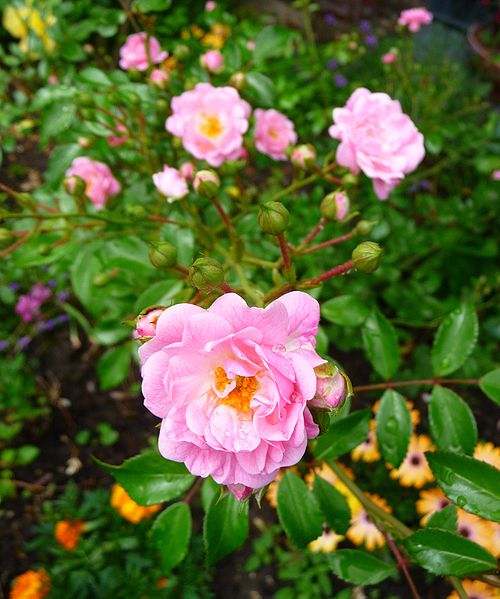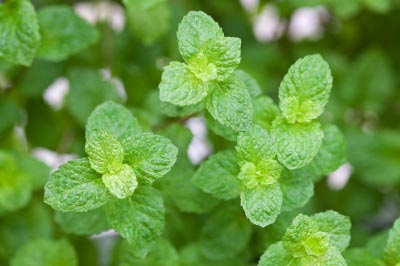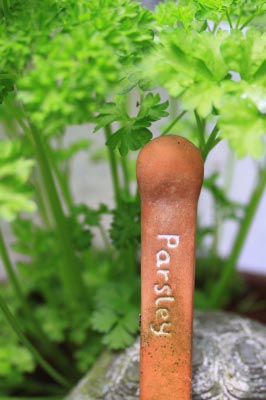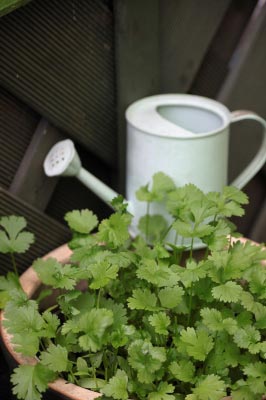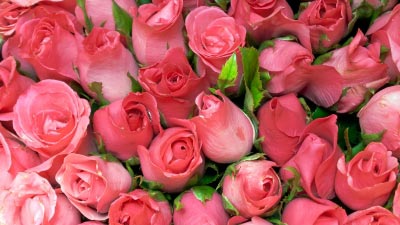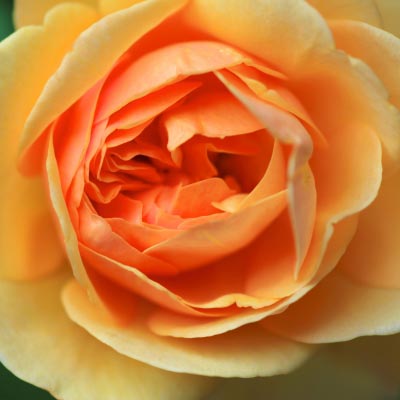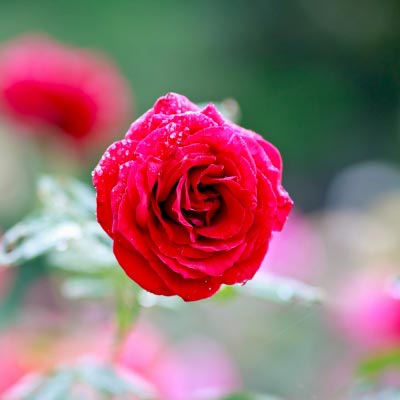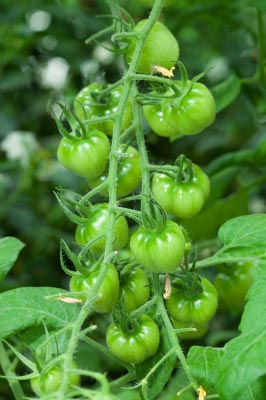 Native to the Andean region of South American and under cultivation in Peru in the sixteenth century, tomatoes (Lycopersicum esculentum) have been grown for thousands of years. The Spanish introduced them to the European cultures. Europeans were not open to trying tomatoes until the end of the sixteenth century, as tomatoes, being part of the nightshade family, were considered poisonous.
Native to the Andean region of South American and under cultivation in Peru in the sixteenth century, tomatoes (Lycopersicum esculentum) have been grown for thousands of years. The Spanish introduced them to the European cultures. Europeans were not open to trying tomatoes until the end of the sixteenth century, as tomatoes, being part of the nightshade family, were considered poisonous.
Later, the French tried them and began to call them “pommes d’amour”, apples of love. They felt that tomatoes carried aphrodisiac qualities. It wasn’t until the 1900’s when the tomato gained popularity in North America.
Scientific research shows the health benefits from this tasty fruit. In recent years, researchers discovered that tomatoes were natural sources of the element lycopene. This antioxidant has been shown in tests to dramatically reduce the risk of cardiovascular disease and many cancers, including prostate and colon cancers. Tomatoes are an excellent source of phytochemicals, nutrients, fiber, and contain practically no fat or sodium.
They are significant sources of vitamins A, B, and C and a source of iron and potassium. In fact, one medium-sized tomato provides 20 percent of the daily-recommended value of vitamin A and 40 percent of the daily-recommended value of vitamin C.
Tomatoes are very easy to grow from seeds. In all, there are more than 100 types of tomatoes to choose from. Though most people believe ripe tomatoes are red, they actually come in many colours, including green, yellow, purple — even striped.
Unless you grow your own, you will not have the opportunity to experience the many varieties. If you don’t have the time, buy tomato plants from garden centres. Look for different varieties as they are becoming more readily available from growers.
Six to eight weeks before transplanting, start tomato seeds by filling a seedling flat with a good quality seedling mixture. Use an excellent quality potting soil from the garden centre to make sure the soil is sterilized and has a high percentage of sphagnum peat moss and perlite. Don’t use garden soil, as it tends to become hard and inhibits proper rooting of seedlings, and it may contain insects, disease, weed seeds, or chemical residue.
Tips on Growing Tomato Seeds
-
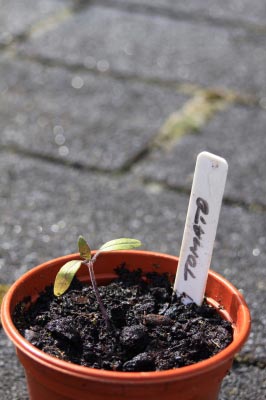
Tomato Plant Seedling. Image courtesy of Simon Howden / FreeDigitalPhotos.net Sow seeds no deeper than the thickness of the seed: sprinkle the seeds onto the soil-filled flat and press them down gently.
- Cover the seeds with a thin layer of fine, horticultural-grade vermiculite to prevent drying.
- Water just enough to moisten the soil with a fine mist spray such as the sprayer on the kitchen sink or a mister bottle.
- Keep the seeds evenly moist to ensure the mixture never dries out as both germinating seeds and seedlings are very intolerant of dry soil and will die if they are dry for even a short time.
- Cover the flat or pot with plastic wrap or a clear plastic bag.
- Remove the plastic as soon as seedlings emerge.
- Tag each container with the date planted and the tomato variety.
- To promote rapid germination, place the flat on a heated table, top of the refrigerator, or a heat register.
- Once they germinate and seedlings begin to appear, move them from the heat source into a location with lots of light.
- They need very high light levels to grow properly: a south-facing window without blinds or curtains is ideal. Use grow lights to enhance growth. Hang the lights 6 inches (15 cm) from plants and leave lights on for 14 hours a day.
- Transplant the seedlings into larger, individual containers once the first ‘true’ leaves appear.
- After transplanting, fertilise once a week with a plant-starter fertilizer such as 10-52-10 at ¼ strength. As an organic gardener, I do not use commercial fertilizer, only fish fertilizer on my transplants. They are strong, healthy plants and are fed weekly until moved outdoors.
- Harden-off and plant them very deeply where the stems will develop roots helping the plant become established.
- Tomatoes are heavy feeders and need ample quantities of compost or decomposed manure.
- Mulch and water in dry weather to maintain soil moisture and stave off wilt disease and blossom-end rot. Blossom-end rot is caused by water stress or calcium deficiency. Watering regularly and evenly is the key to preventing blossom-end rot.
- Never water tomatoes from the top. Water tomatoes from below and water deeply.
- In the garden, tomatoes are compatible with chives, onion, parsley, marigold, nasturtium, and carrot. Tomatoes and all members of the Brassica family repel each other and should be kept apart. Plant garlic between tomato plants to protect them from red spider mites.
- Tomatoes will protect roses against black spot.
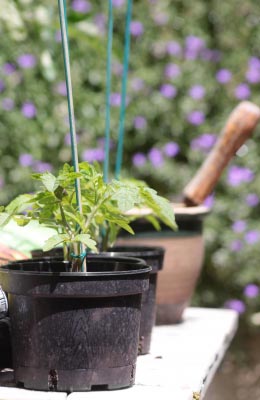
How to Make a Spray For Roses
To make a spray for roses, place tomato leaves in your vegetable juicer, add 4 or 5 pints of water and 1 tablespoon of cornstarch. Strain and spray on roses when it is not convenient to plant tomatoes as companions. Label and keep any unused spray in the refrigerator.
Tomatoes Have a Variety of Uses
In the kitchen, tomatoes can be used for salads, soups, juices, sauces, stews, baked dishes, sandwiches, stuffed, grilled, broiled, pasta dishes, and salsa. They combine well with meat, fish, poultry, pasta, rice, as well as other vegetables.
Store tomatoes at room temperature. To ripen green tomatoes, place in a brown paper bag with an apple at room temperature for several days. If fresh tomatoes aren’t available, use canned tomatoes or canned tomato juice, which are fine substitutes.
